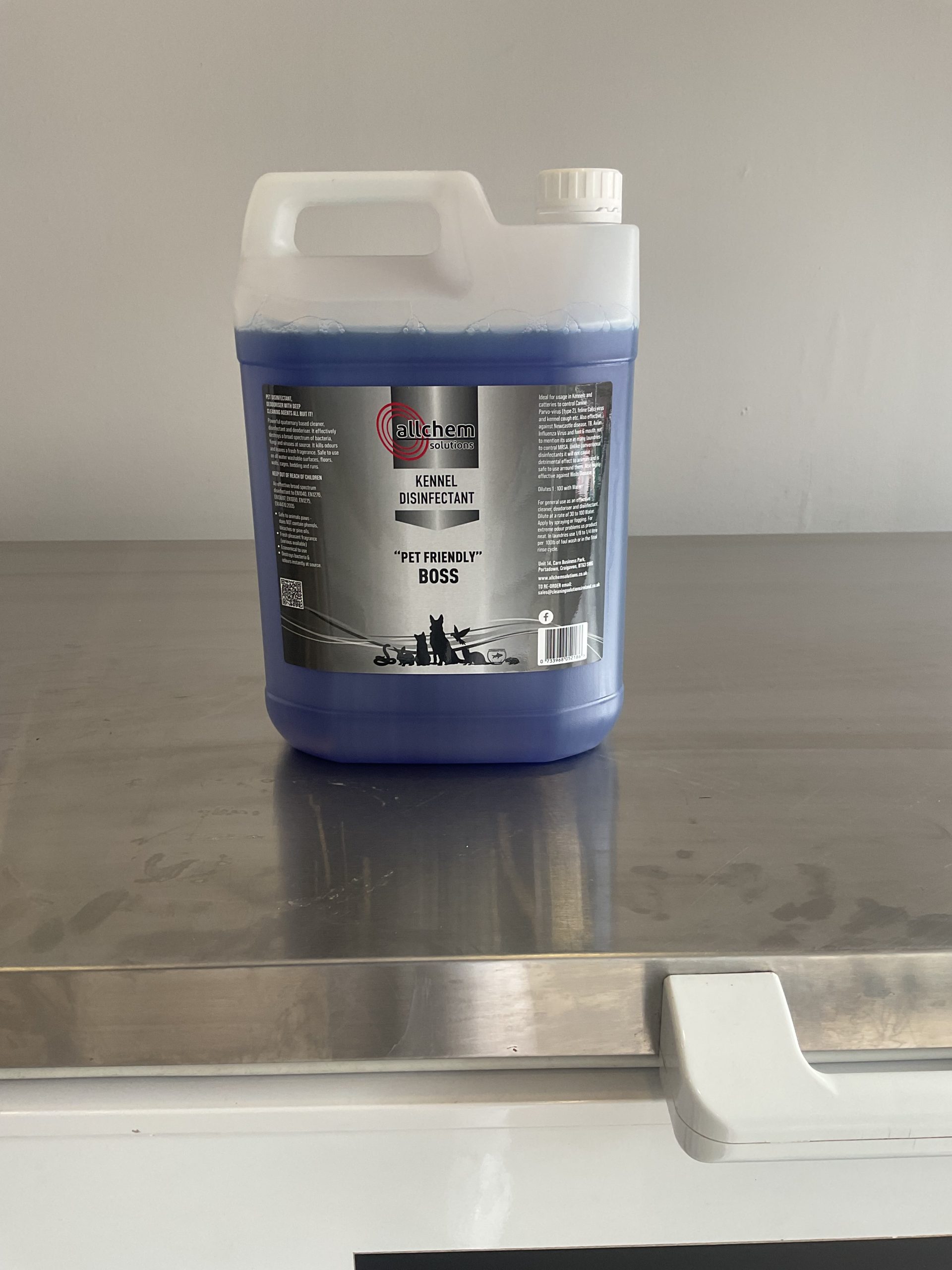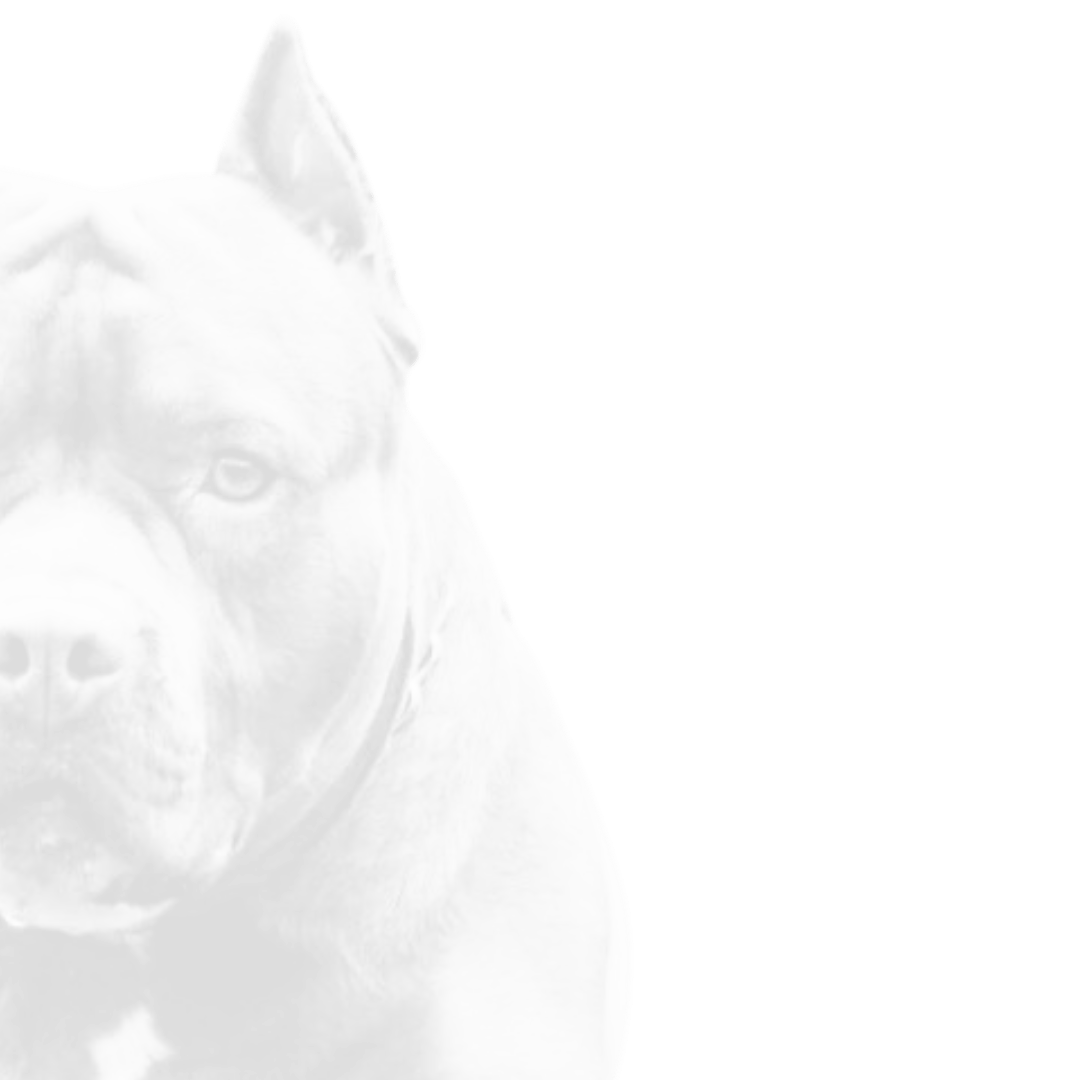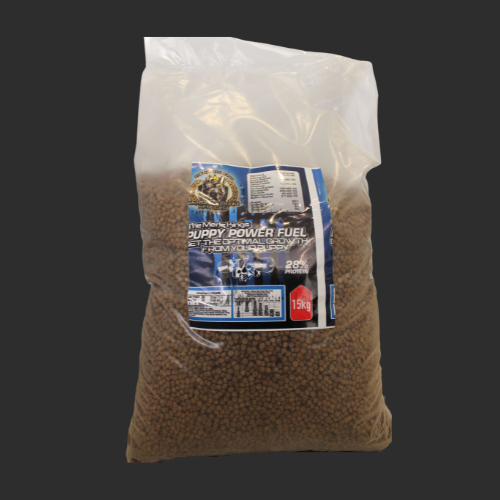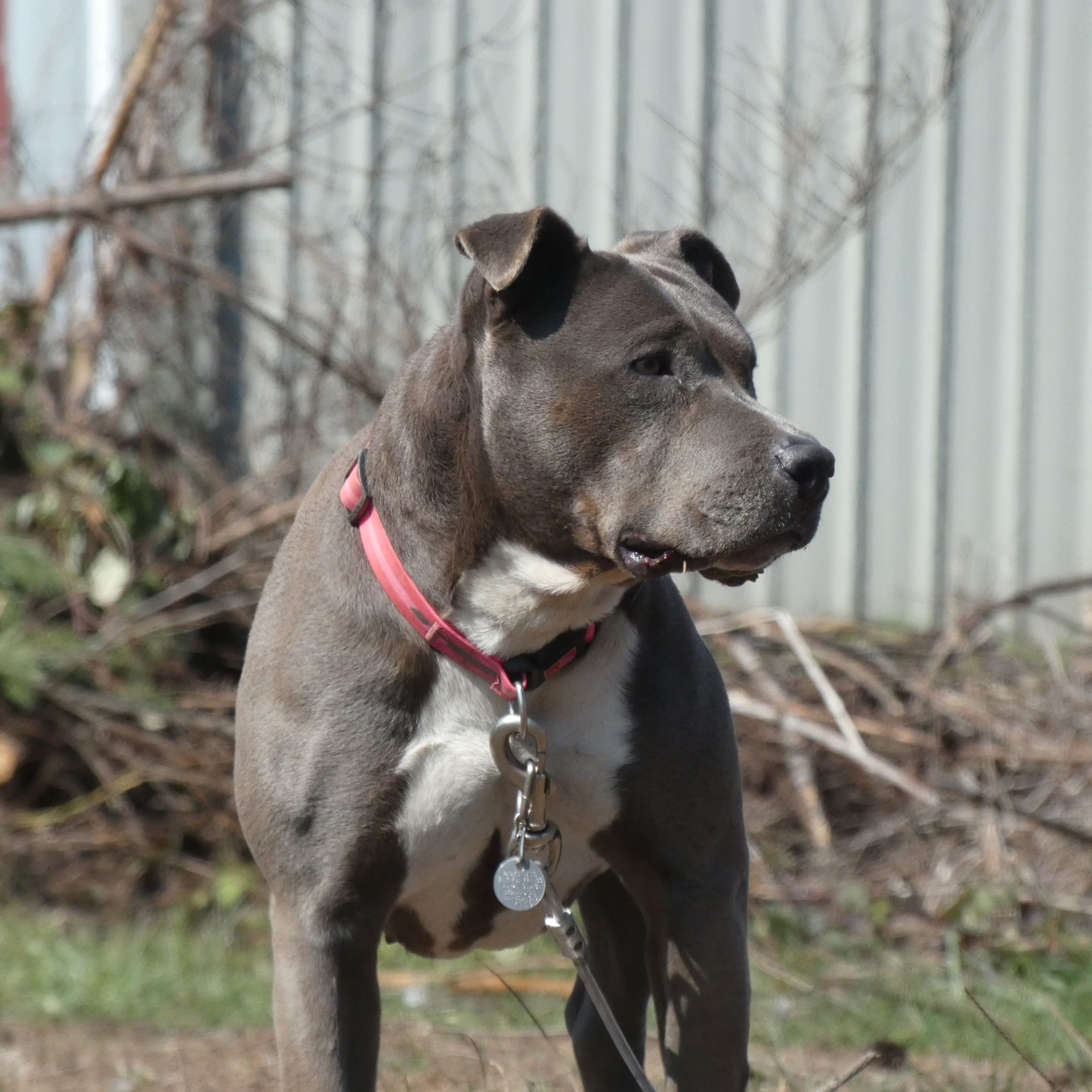















Raw pet food is minimally processed, natural food that is made with high-quality ingredients, including raw meat, bones, fruits, and vegetables. It is considered better than kibble because it is more digestible, contains fewer additives and preservatives, and is closer to what pets would eat in the wild.
You can feed your pet only raw food or mix it with kibble. However, it is important to gradually transition your pet to a raw food diet to avoid digestive upset.
You can transition your pet to a raw food diet by gradually introducing small amounts of raw food into their current diet and slowly increasing the amount over time.
Yes, pets with food allergies or sensitivities can eat raw food. Raw food diets can be customized to address specific food sensitivities or allergies.
The amount and frequency of raw food that you should feed your pet depends on their age, weight, activity level, and overall health. We recommend consulting with one of our nutrition experts to determine the right amount and frequency for your pet.
Personalized nutrition plans can help address specific health concerns, such as food allergies or sensitivities, weight management, and digestive issues. They can also help improve your pet's overall health and wellbeing by providing them with the nutrients they need to thrive.
Some pets may take time to adjust to the taste and texture of raw food. You can try adding some warm water, bone broth, or other flavorings to make the food more appealing to your pet.
Raw pet food should be stored in the refrigerator or freezer and used within a certain timeframe depending on the type of food. We recommend following our storage and handling guidelines to ensure that your pet's food stays fresh and safe to eat.
You can switch between different raw food brands or recipes, but it is important to do so gradually to avoid digestive upset. We recommend consulting with one of our experts to determine the right approach for your pet.
Handling and preparing raw pet food can be done safely with the right precautions. We recommend washing your hands and any surfaces that come into contact with raw food, using separate utensils for raw and cooked food, and following our handling and preparation guidelines to minimize the risk of contamination.
